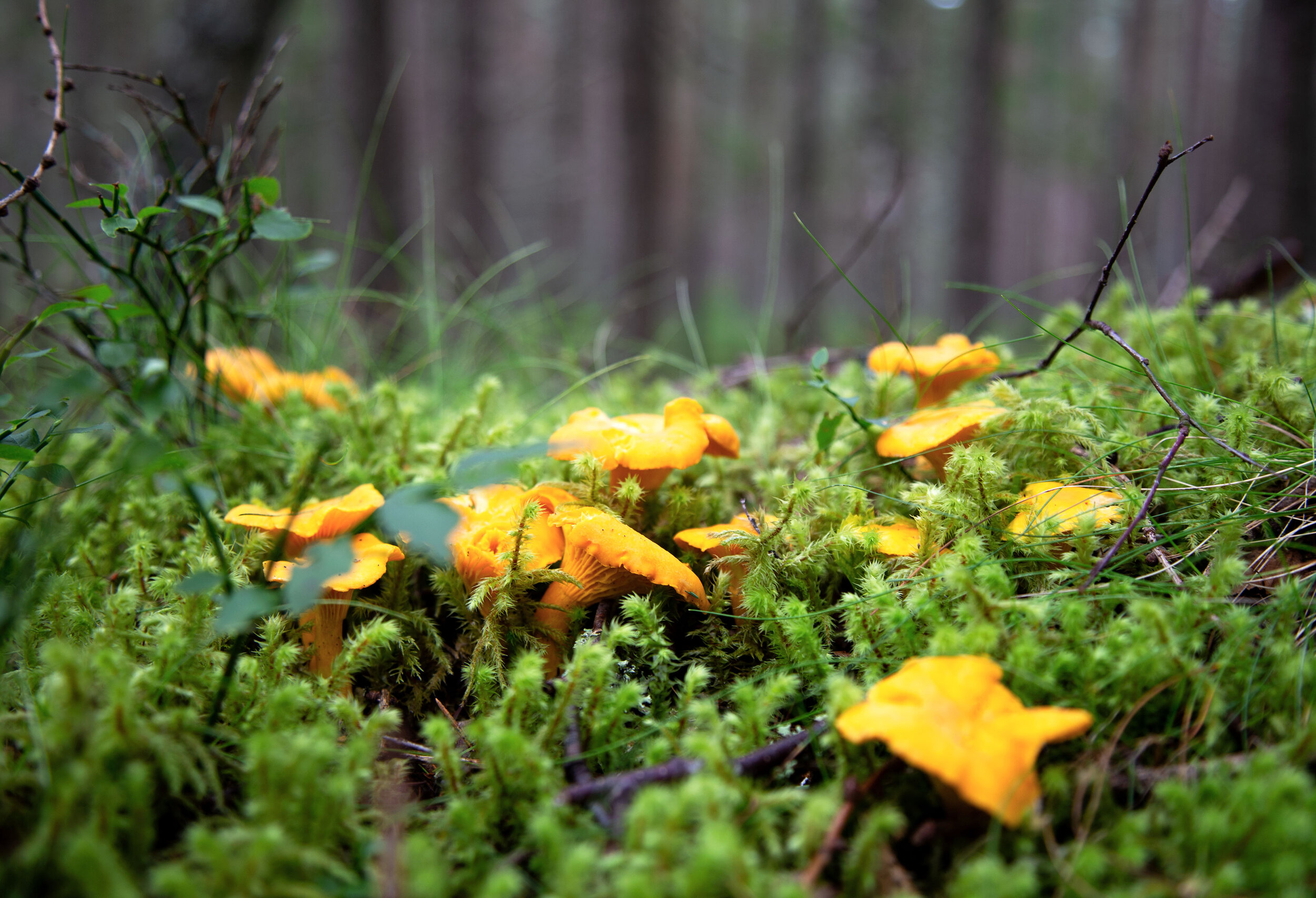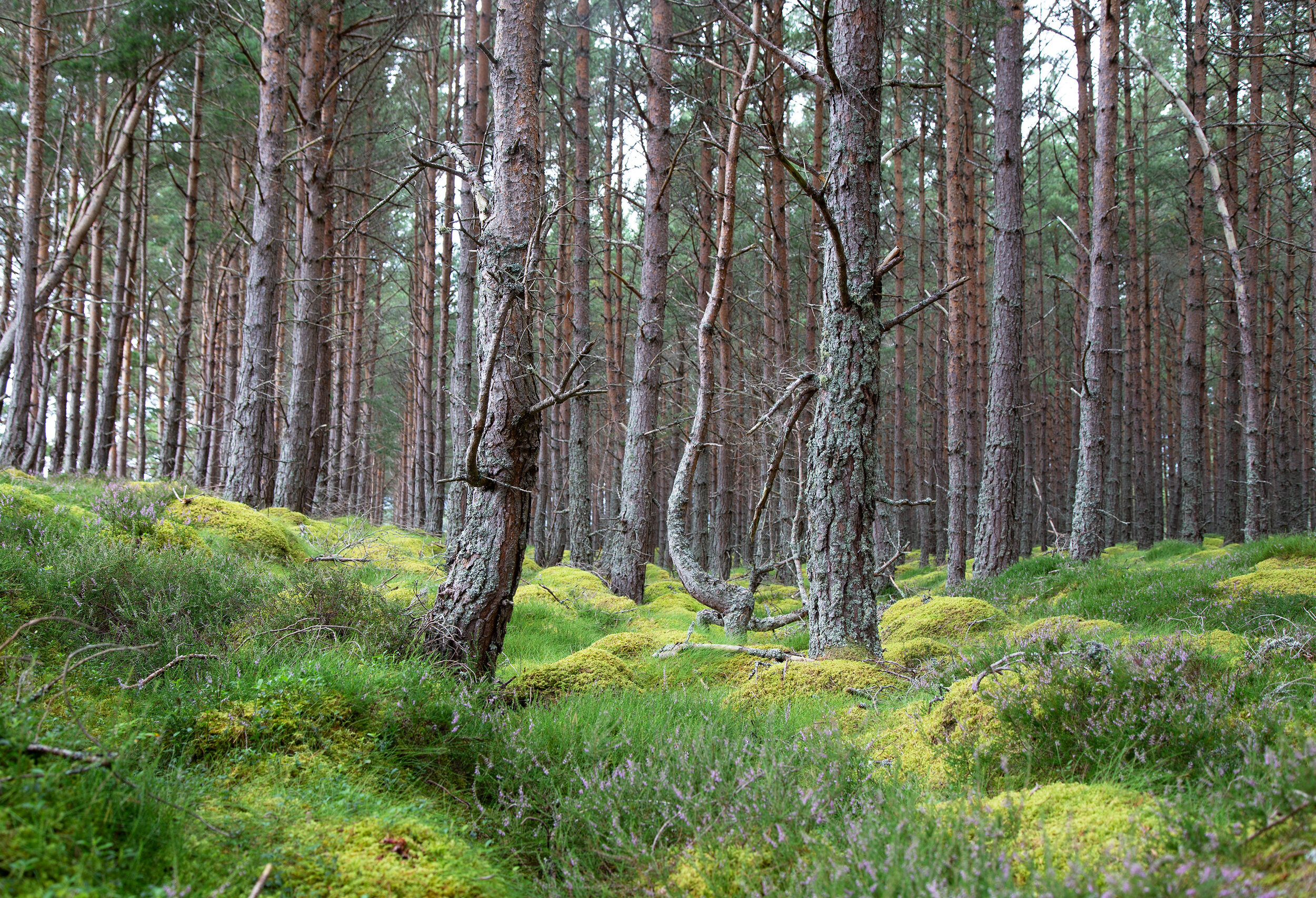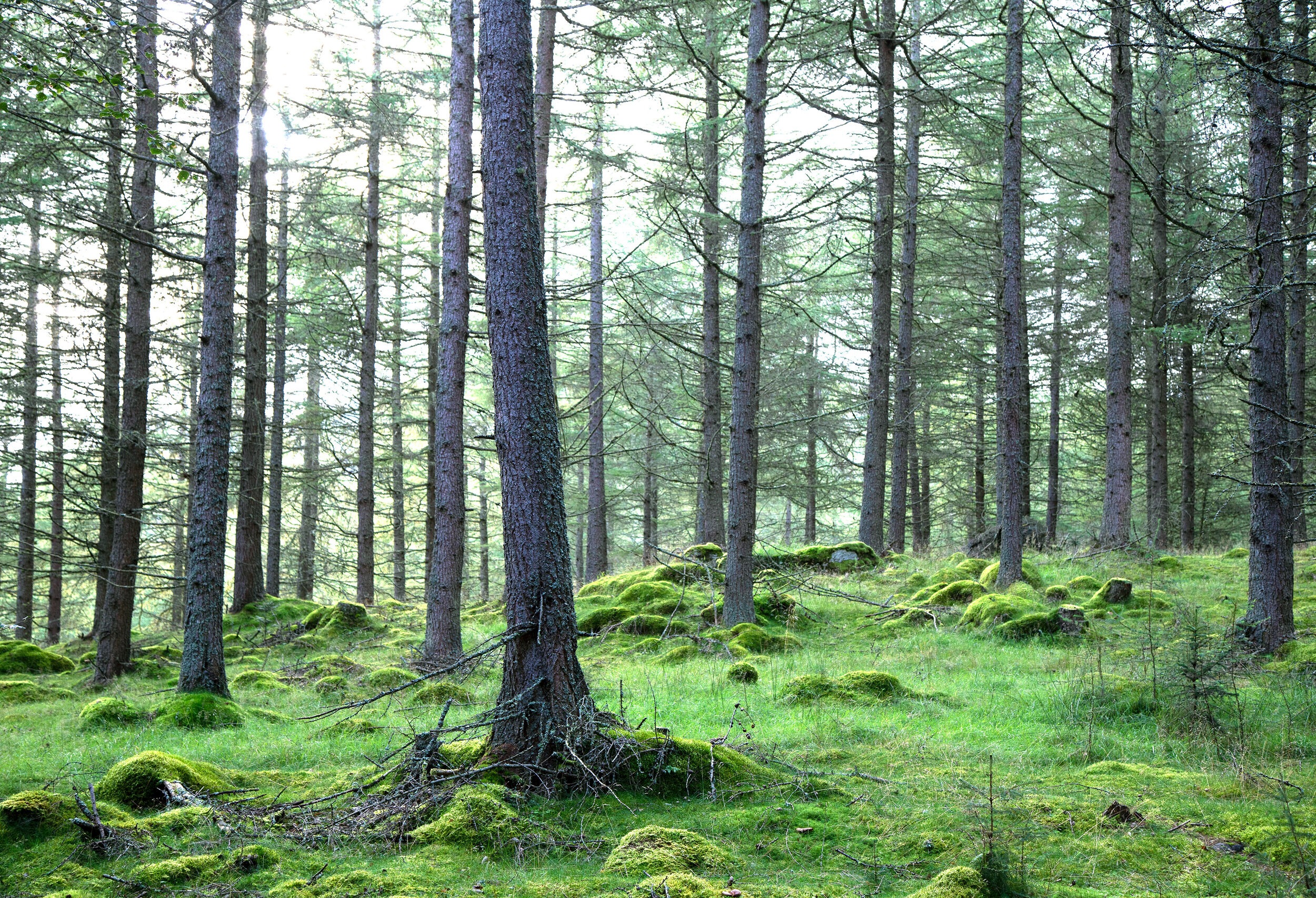
During the Summer months, Scotland’s forests ignite with carpets of these delicious fungi. Girolles grow in all sorts of climates, but it would seem Scotland’s woodlands provide the best conditions.

Most gourmet wild mushrooms re-surface in Autumn, but Girolles arrive early in July and last through till October. Their flavour reflects this. They give off a sweet apricot aroma, like no other edible wild mushroom. They’re also bursting with vitamin D and are said to actually be one of the highest sources of this much needed vitamin.
Despite their almost sweet flavour, they lend themselves to most dishes. Fish for example is often a scary pairing, but Girolles celebrate the challenge. They are an incredibly refreshing ingredient to cook with.

Scotland enjoys a far more abundant mushroom season than England for various reasons, the main reason being woodland cover. Rising populations saw timber consumption rise, reducing the wild forests of Scotland to a dismal 5% ground cover by the turn of the last century. Over the last 100 years Scotland has been working to rectify this, but a lot of the trees they’ve planted in recent years don’t support relationships with fungi.
Woodland now covers 18% of Scotland, compared to 10% in the U.K. This figure may appear to be a big improvement from 5%, but the European average is 34% woodland cover. Sweden for example, (one of the best countries for wild mushrooms) boasts 73% woodland cover...

Indigenous trees such as Scots Pine, Silver Birch and Oak, all share symbiotic relationships with fungi. Currently the Scottish government and forestry commission is focussing on trees that do not share habitats with fungi which is troubling as forests cannot survive without it.
Fungicides used in agriculture also contribute to the lack of wild fungi in the U.K. Farmland accounts for 73% of the U.K.’s land area. This area is decreasing year on year, with woodland expansion being one of the reasons for this, so there is still hope for wild fungi the U.K.

